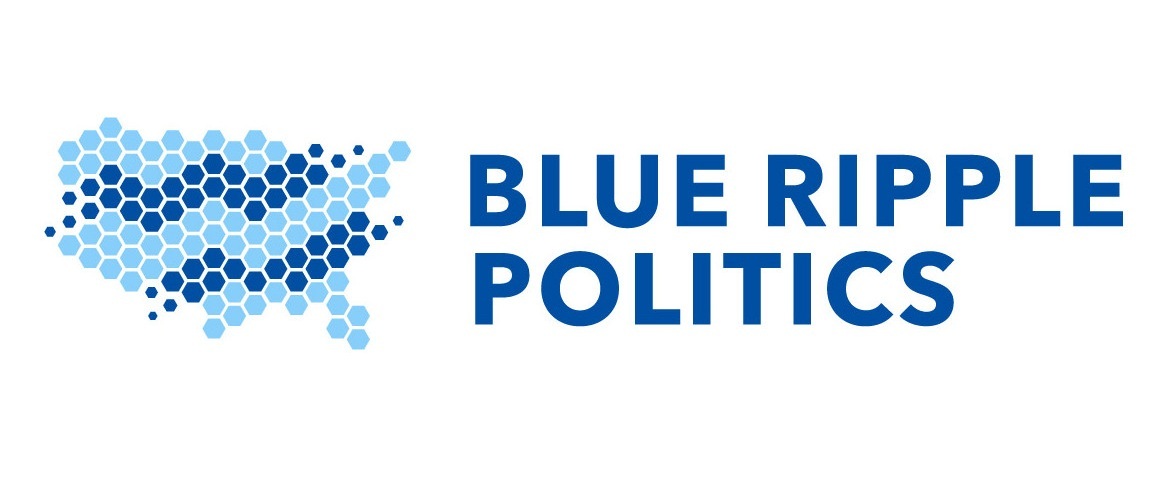Longtime Blue Ripple followers will know that we’ve previously built a demographics-based computational model to understand the election landscape for Dems — see here for a full list of our prior research posts. But in our latest research, now on GitHub, we’ve taken things to the next level by applying our model to state legislature districts!
If you’re a data-head like us, we hope you’ll read about the inner workings of our model. Here are the key takeaways:
Using voter-turnout and voter-preference data we can model expected turnout and preference for specific state-legislative-districts (SLDs).
Demographic information for state-legislative districts (SLDs) is available from the ACS (American Community Survey) and the decennial census, but there is “some assembly required.”
Combining these pieces of information allows us to estimate a range of likely outcomes for an SLD election based on intrinsic factors, without having to include any history of local election results.
Our test model, which compares forecasted results using 2018 data to 2019 results, is extremely encouraging, so we are excited to apply it to the upcoming 2021 races!
In the figure below you can take a peek at our validation test. The model explains about 74% of the variance among contested races — which we think is pretty great!
R-squared of 73.6% — wowza!
Please read the whole post on GitHub for details. And then, learn how we used the model to identify 12 high-impact donation opportunities in the VA House of Delegates for 2021!


